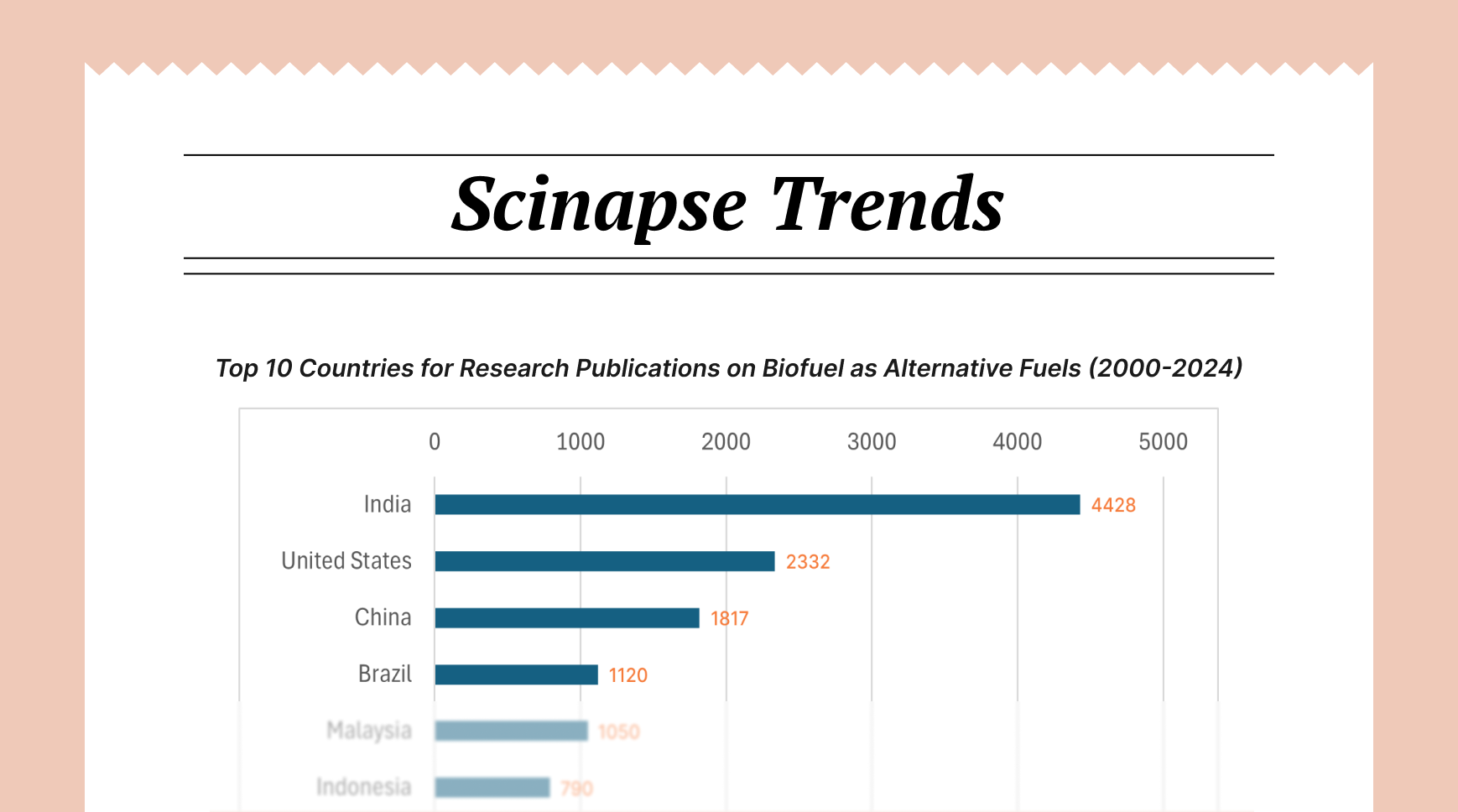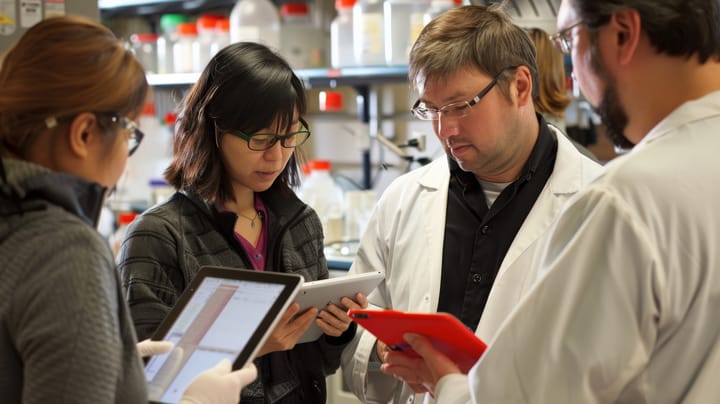What Is Pharmaceutical R&D Investment? 3 Critical Factors to Consider for Successful Decision-Making in 2025

According to the proceedings of a workshop jointly conducted by the Board on Health Care Services and the Board on Health Sciences Policy of the National Academies, the financial commitment is substantial, with current estimates suggesting that bringing a single drug to market with FDA approval can cost beyond $2 billion. This figure includes not just direct research costs but also the expense of failed attempts, regulatory compliance, safety monitoring, and the extensive clinical trial process required for drug approval.
Making informed decisions about pharmaceutical research and development (R&D) investment is crucial for company success and medical science advancement. In this article, we highlight the three critical factors that pharmaceutical companies must consider when allocating their R&D budgets: market demand analysis, appropriate research tools and infrastructure investment, and risk management strategies.

What Is Pharmaceutical R&D Investment?
Pharmaceutical R&D investment refers to the money, resources, and time pharmaceutical companies spend to discover, develop, and bring new drugs and treatments to market.
Companies must allocate substantial resources to cutting-edge technologies, specialized facilities, and highly skilled personnel. A single drug development project often requires investments in multiple research sites, advanced research tools, and extensive data management systems.
Resource allocation in pharmaceutical R&D is highly strategic. Companies must balance investments across various stages of development, from early-stage research through clinical trials to regulatory approval processes. This includes funding for both successful and failed projects, as learning from failures often contributes to future successes.
Beyond monetary aspects, pharmaceutical R&D investment encompasses intellectual capital investment. Companies must continuously invest in training and developing their scientific staff, staying current with emerging technologies, and maintaining knowledge management systems that preserve and build upon research findings.
The ultimate goal of these investments is to develop effective treatments that can improve patient outcomes while generating returns that sustain future research. This dual objective makes pharmaceutical R&D investment unique, as it must balance both scientific advancement and commercial viability.
Factor 1: Market Demand and Therapeutic Area Selection
The foundation of successful pharmaceutical R&D lies in selecting therapeutic areas that align with both medical needs and market opportunities. Companies must conduct thorough analyses of unmet medical needs, considering not only disease prevalence but also the quality-of-life impact on affected populations. This assessment requires examining epidemiological data across different geographic regions and understanding how disease burdens may evolve.
When evaluating market demand, companies must look beyond raw patient numbers. The competitive nature of pharma companies plays a crucial role, as entering a market with multiple established treatments requires significantly different strategies than pioneering treatments for underdeveloped therapeutic areas. Companies must consider patent expiration timelines of existing treatments and assess whether current standard-of-care protocols leave room for improvement.
Commercial viability analysis must account for future market size projections, including demographic shifts and healthcare system evolution. For instance, aging populations in developed nations may increase demand for treatments targeting age-related conditions, while emerging markets might present opportunities for cost-effective alternatives to existing treatments. Additionally, understanding reimbursement landscapes and payer policies is crucial, as even the most effective treatment may struggle to achieve commercial success without adequate coverage and accessibility.
Factor 2: Investment in Appropriate Research Tools and Infrastructure
Success in pharmaceutical R&D increasingly depends on having access to cutting-edge research tools and infrastructure. Modern drug discovery requires sophisticated technology platforms that can accelerate the identification and validation of potential drug candidates. High-throughput screening capabilities, supported by artificial intelligence and machine learning algorithms, have become essential for efficient compound screening and optimization.
Digital research tools have transformed how pharmaceutical companies approach R&D. Platforms like Scinapse have revolutionized literature review and research tracking, allowing researchers to stay current with scientific developments and identify potential collaboration opportunities more effectively. These tools integrate with molecular modeling software and data analytics platforms to create a comprehensive research ecosystem.
Laboratory infrastructure remains a critical component of R&D capability. Core facilities must be equipped with specialized equipment that meets current good manufacturing practice (cGMP) standards and appropriate biosafety level requirements. Sample management systems must ensure reliable storage and tracking of biological materials and compounds throughout the development process.
Digital infrastructure has become equally important as physical laboratory space. Robust data management systems must handle increasingly complex datasets while ensuring compliance with regulatory requirements. Cloud computing capabilities enable collaboration across global research teams, while cybersecurity measures protect valuable intellectual property and sensitive research data.
Factor 3: Risk Management and Portfolio Diversification
Pharmaceutical R&D inherently carries significant risks, making effective risk management and portfolio diversification essential for long-term success. Companies must assess technical feasibility across multiple dimensions, including molecule complexity, manufacturing scalability, and formulation challenges. These assessments inform go/no-go decisions throughout the development process and help optimize resource allocation.
Regulatory considerations significantly impact risk profiles. Understanding approval pathway requirements, clinical trial designs, and safety monitoring obligations helps companies anticipate challenges and plan accordingly. This knowledge influences both resource allocation and timeline projections, particularly important given the long development cycles in pharmaceutical R&D.
Portfolio balance strategies help companies manage risk through diversification. This includes maintaining a mix of projects targeting novel mechanisms of action alongside those building on established approaches. Companies must also balance early-stage research with late-stage development projects, ensuring a steady pipeline while managing risk exposure. Therapeutic area diversity can help insulate companies from setbacks in any single disease category.
Resource allocation within the portfolio requires sophisticated modeling to optimize returns while maintaining acceptable risk levels. Companies must consider not only financial resources but also the availability of specialized expertise and equipment. Timeline management becomes increasingly complex as portfolios grow, requiring careful coordination to avoid resource bottlenecks.
Partnerships and collaborations offer opportunities to share risks and leverage external expertise. Academic partnerships provide access to specialized knowledge and early-stage research, while industry alliances can help share development costs and risks. These relationships require careful structuring to align incentives and protect intellectual property while maximizing potential benefits for all parties.
Key Takeaway for Pharmaceutical R&D Investment Decision-Making
Successful pharmaceutical R&D investment requires careful consideration of market demands, infrastructure and research tool requirements, and risk management strategies. As the pharmaceutical domain continues to evolve, companies must regularly reassess their R&D investment strategies to ensure alignment with both current capabilities and future opportunities. This ongoing evaluation process, supported by robust research analysis and clear decision-making frameworks, helps maximize the impact of R&D investments while managing associated risks effectively.
Author: Uttkarsha B
- AI-Ethicist and STM Research & Publishing Expert
Never re-search again.
Scinapse is made by researchers for researchers.
Join the next generation of research at ⏯️ https://scinapse.io/
Pluto Labs
Pluto Labs helps researchers focus on their research by improving several inefficiencies in the academic research process. We offer data-driven insights from academic papers, allowing users to easily obtain review-level results for their desired range of papers.
https://pluto.im/





Comments ()